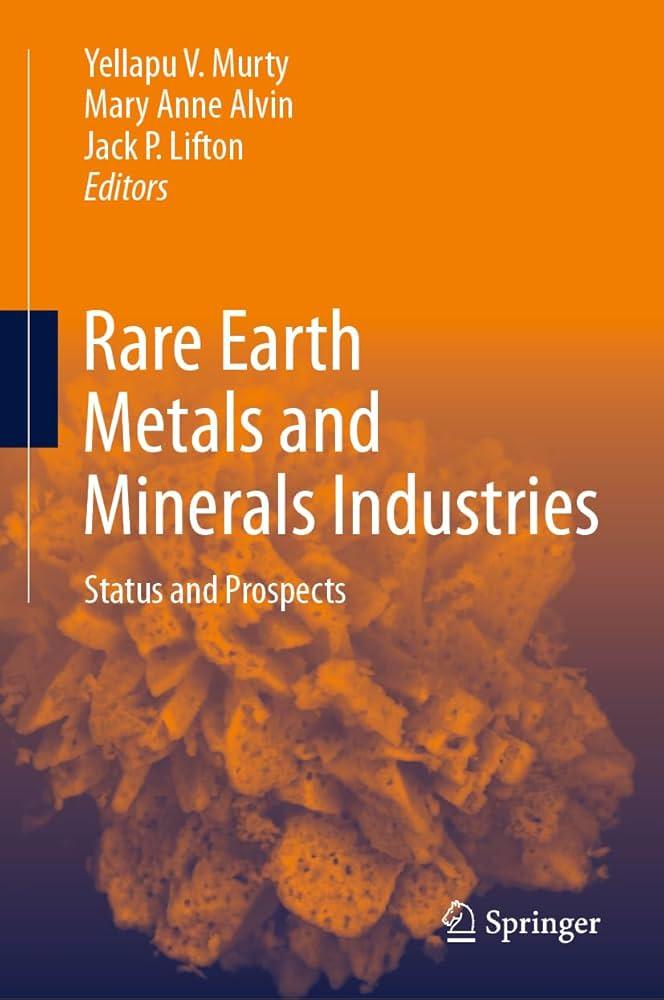China’s Restriction on Rare Earth Exports Poses Risks to Worldwide Automotive Manufacturing
- Slowed production rates at key automotive plants in Asia, Europe, and North America
- Heightened reliance on alternative suppliers who currently lack capacity to meet surging demand
- Escalating prices of EVs driven by rising raw material expenses
This situation exposes the fragility of an automotive sector heavily dependent on a concentrated supply source for indispensable materials. It has intensified calls within the industry for rapid diversification of sourcing strategies alongside technological innovation.
| Rare Earth Element | Main Application in EVs | China’s Share of Global Supply (%) |
|---|---|---|
| Neodymium | Electric motor magnets providing high magnetic strength | 80% |
| Dysprosium | Additive for heat-resistant magnets used in motors operating under extreme conditions | 70% |
| Lanthanum | Cathode material in nickel-metal hydride batteries and other battery electrodes | 60% |
*As of mid-2024, China continues to dominate over two-thirds of global rare earth production according to recent US Geological Survey reports.*
Expanding Supply Networks: Automakers’ Strategy Against Material Scarcity Risks
The world’s foremost automakers have collectively emphasized the urgency of broadening their sourcing frameworks amid growing apprehension about China’s export clampdown on rare earths. These metals are fundamental not only for current EV technologies but also future innovations slated for launch within this decade.
The heavy dependence on a single supplier heightens vulnerability across global manufacturing hubs while inflating procurement costs – factors that could delay new model introductions significantly.
Towards mitigating these risks, companies are actively pursuing multiple avenues:
- Spearheading investments into mining operations outside Chinese territory-particularly focusing on Australia’s emerging deposits and North American reserves.
- Cultivating partnerships with alternative producers located in geopolitically stable regions such as Canada and parts of Africa.
- Pioneering advanced recycling programs aimed at extracting valuable rare earth metals from spent batteries-a practice gaining traction due to environmental benefits alongside supply security.
- Pursuing research into substitute materials capable of reducing or replacing traditional rare earth usage without compromising performance standards.
Industry Recommendations: Building Reserves & Advancing Alternative Technologies for Rare Earth Dependence Reduction
A growing consensus among experts stresses that automakers must establish robust strategic reserves-or stockpile critical rare earth elements-to shield themselves from abrupt market disruptions triggered by geopolitical shifts like China’s export restrictions. Maintaining such inventories can act as an immediate safeguard ensuring uninterrupted assembly lines during periods when external supplies become constrained or unpredictable.
Beyond stockholding measures, innovation remains pivotal as companies explore substitutes capable of lessening reliance upon scarce minerals:
- Sophisticated magnet designs engineered either with reduced neodymium/dysprosium content or employing entirely different magnetic compounds;
- Evolving battery chemistries aiming at minimizing cobalt/lithium use while enhancing energy density;
- An expanding focus on urban mining techniques which recover precious metals from discarded electronics and end-of-life vehicles;
The following table summarizes key strategies along with their respective advantages and obstacles:
Complex processing requirements Looking Ahead Amid Rising Geopolitical Pressures and Supply Chain Vulnerabilities
The intensifying restrictions imposed by China over its dominant share in global rare-earth mineral exports have sent ripples through the international automotive sector. As these essential inputs underpin not only today’s electric vehicles but also next-generation mobility solutions-including autonomous driving systems-the stakes remain exceptionally high.
This evolving landscape compels manufacturers, policymakers, and stakeholders alike to prioritize resilient sourcing models combining diversification efforts with technological breakthroughs.
Consumers may face higher prices or delayed product launches if alternatives aren’t swiftly implemented.
Ultimately,a balanced approach involving strategic stockholding coupled with aggressive innovation will be crucialto navigate this complex challenge successfully.
*Industry analysts predict that by 2030 global demand for EV-related rare earths could double compared to current levels unless significant supply chain reforms occur.*




